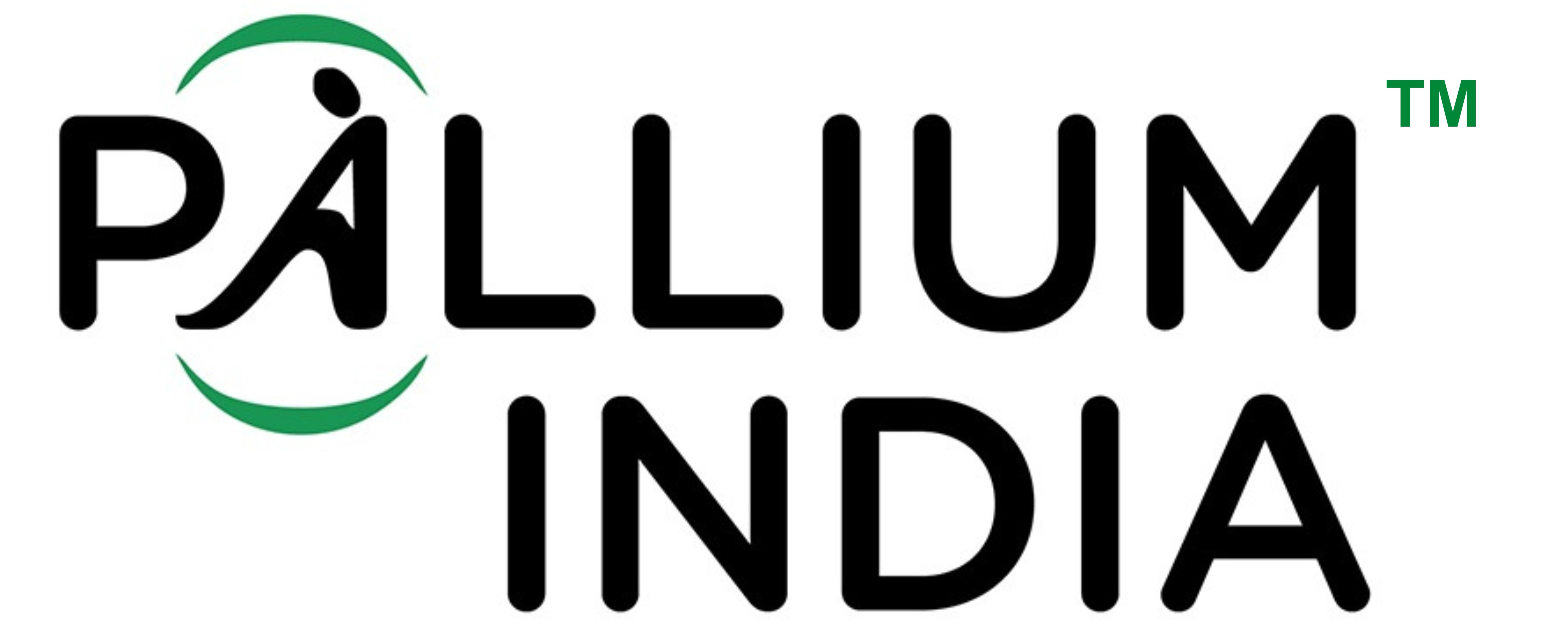India’s Shameful Situation Figures in International Press
 Dr Nagesh Simha, president of Indian Association of Palliative Care, brings our attention to an article in the French newspaper Le Monde, which talks about the serious lapse of Indian legal system which prevents access to pain relief for Indians with cancer, HIV/AIDS and other diseases which cause pain.
Dr Nagesh Simha, president of Indian Association of Palliative Care, brings our attention to an article in the French newspaper Le Monde, which talks about the serious lapse of Indian legal system which prevents access to pain relief for Indians with cancer, HIV/AIDS and other diseases which cause pain.
You can read the original French version here (img) and the English Google translation, below:
Palliative Care inaccessible in poor countries
Indifference or legal restrictions in the use of opium prevent in easing pain at the end of life. A “Human Right” for the NGO Human Rights Watch
Tens of millions of people around the world do not have access to medication against pain. This is because of the indifference of authorities with respect to this problem, or due to legal and administrative restrictions in the use of major analgesics such as opioids.
In a public report in June 2011, the Human Rights Watch (HRW) organization recalled that “60% of people who die each year in the low or meager income countries, or an impressive figure of 33 million, need palliative care”. The NGO calculated that “more than 3.5 million people with a terminal cancer or AIDS die every year without adequate analgesic treatment”
One of the explanations is the single convention on Narcotics, adopted in 1961 by the United Nations. It recognizes that “the medical use of narcotic drugs continues to be indispensable for pain relief” and that “the appropriate measures should be taken to ensure that narcotic drugs should be available for this purpose”
But it says, at the same time, that “addiction is a curse for the individual and constitutes an economic and social threat to humanity” against which we must fight. A dual obligation for the States, hence, to which the International Narcotics Control Board (INCB), based in Vienna (Austria), complies with.
Problems, health concerns come after law enforcements. Senior researcher at the Health and Human rights department of HRW, Diederik Lohman explains: “At the end of life, people with incurable diseases, like cancer, needs to be relieved with Morphine. However, in the context of the war against drugs, regulations and laws have been set-up, and they constitute obstacles to the fight against pain. The patients are invisible collateral victims.”
The report from HRW gives an overview of the problem. The organization which has reviewed 192 countries, note that in 35 of them, less than 1% of patients with moderate to severe pain, due to terminal cancer or an HIV infection actually benefit from powerful painkillers that they need.
Most of these countries are located in Sub-Saharan Africa, but others are in Asia, Middle-east, and North Africa or in Central America. For example, Nigeria, where every year, more than 173,000 patients with terminal Cancer or AIDS would require analgesics to relieve moderate to severe pain, only 274 patients benefit from administration of opioids.
The territorial inequalities are reflected in the medical use of morphine: nearly 90% of the global consumption is due to North America and Europe, while the countries with low or meager income represents only 6%, although they contain nearly half of the people suffering from cancer and more than 90% of patients infected with HIV.
Traceability of opioids
Other intervening factors. Ukraine, for example, offers Morphine only in oral form. The injectable form of the drug is used to treat chronic pains, as against the recommendations from World Health Organization. But these injections should be administered by a health professional which in fact, restricts its use.
Among the barriers to the access to opioids, states a 2010 report from INCB, shows the fears of health professionals to cause an addiction to the patients – although the studies have demonstrated that this is not the case – and the inadequate training of health care providers. Added to this, according to HRW, the fact that “several countries have adopted regulations that go beyond what is required from the Single Convention, often creating complex procedures to procure, store and deliver controlled drugs that hinder the accessibility for the patients who really require them for medical reasons”.
Hence, in Ukraine, “four signatures from doctors is required to issue an ordinance or modify the dose prescribed for a narcotic drug”, reports Diederik Lohman. Another example; Mexico has created a labeling system with barcodes for prescriptions. “There is only one place in the capital of each State providing Opioids, and the prescriber should himself go there, get the drug, describes the researcher. The pharmacist should provide an authorization but most often he does not have a barcode reader. In other words, the system set-up to ensure a traceability of opioids appears to be an obstacle for the patients and the doctors”.
For the last few years, HRW participates in the OICS meetings. It recognizes that the UN body follows a positive trend, with more emphasis on the need for access to major analgesics. HRW do not appeal unless the States do everything possible to meet what it considers a “human right”.
In India, “the patients often see death as the only option”
In India, the lack of trained medical personnel and highly regulated use of morphine prevent almost all of the population an access to palliative care. Considered by the World Health Organization (WHO) as the “reference product” for pain relief, morphine is accessible only to less than 1% of the Indian population. Whether to import from one Indian state to another, the storage, transport or prescription, each step needs multiple administrative authorizations. Violations of law are punishable by a non-bailable imprisonment. Many hospitals and pharmacies have hence abandoned the use of morphine for fear of sanctions and to avoid endless administrative procedures. These very strict rules were set-up in 1985 by a law aimed to fight against trafficking and consumption of narcotic drugs, without consideration to the use of morphine for medical purposes. Opium, which helps in its manufacture and grown in India, is mainly intended for foreign countries: 500 tonnes are exported each year, or 200 times the annual consumption of the country.
Absurd situation
“We arrive at an absurd situation where India, which has both opium and numerous pharmaceutical laboratories, is incapable of supplying morphine to its cancer or AIDS patients”, says Dr. Nagesh Simha, President of the Indian Association of Palliative Care. The rate of per capita consumption of morphine is one of the lowest in the world. “The patients who suffer, and whose doctors do not know how to treat their pain or who do not have access to drugs, like Morphine, often see death as the only solution” writes, Human Rights Watch, an NGO in a report published in October 2009 and titled “excruciating pain: the obligation of India to provide palliative care”. Without access to Morphine, the medical personnel abandoned the use of palliative care. This specialty is hardly taught in medical schools and hospices are almost absent in the country. In 1998, the law was amended but only 14 of 28 states integrated the modifications in their legislations. A new law will soon be submitted to the Parliament. “A single central organization should provide all authorizations to expedite proceedings while allowing states to manage the access to palliative care, and especially to alleviate accrued penalties for violations”, argues Nagesh Simha.





